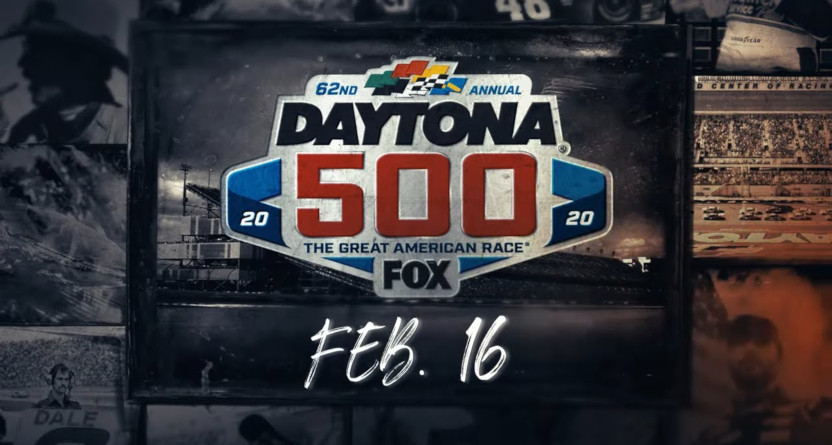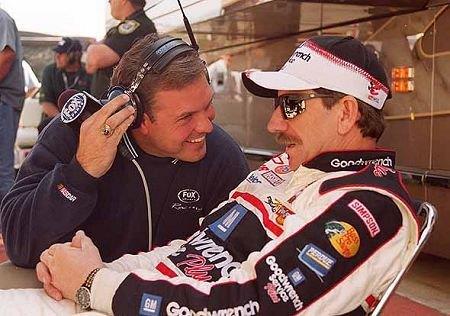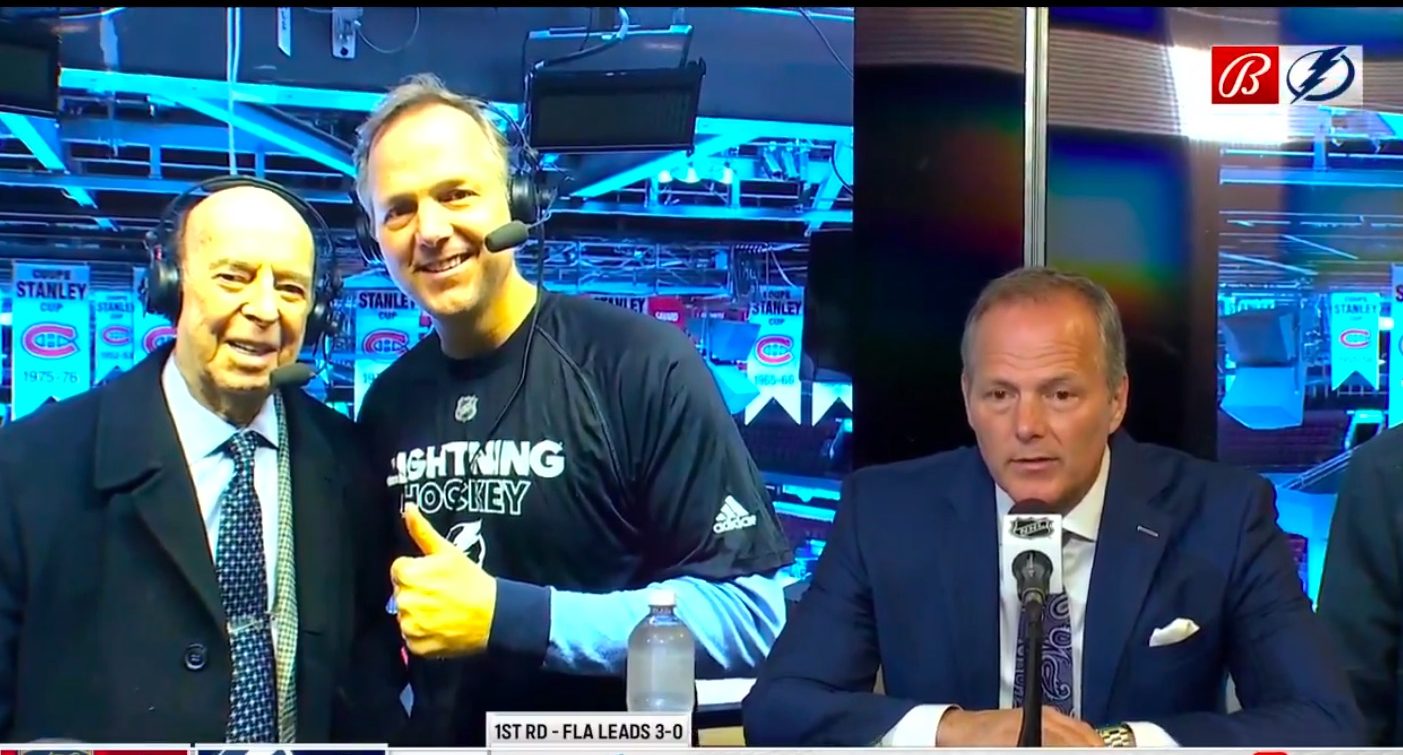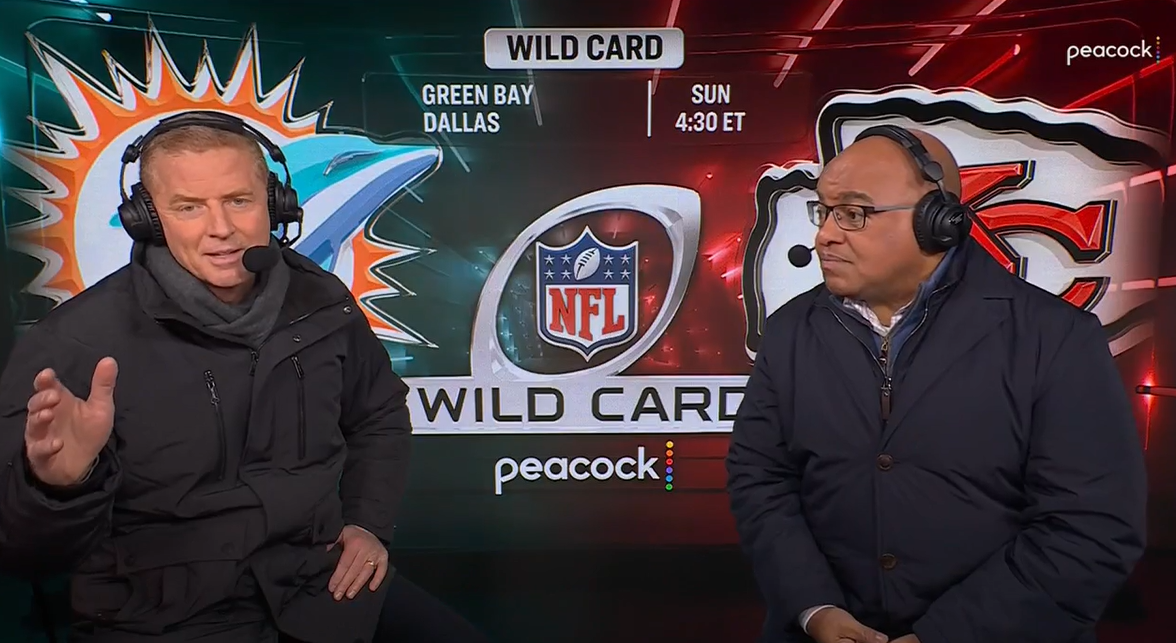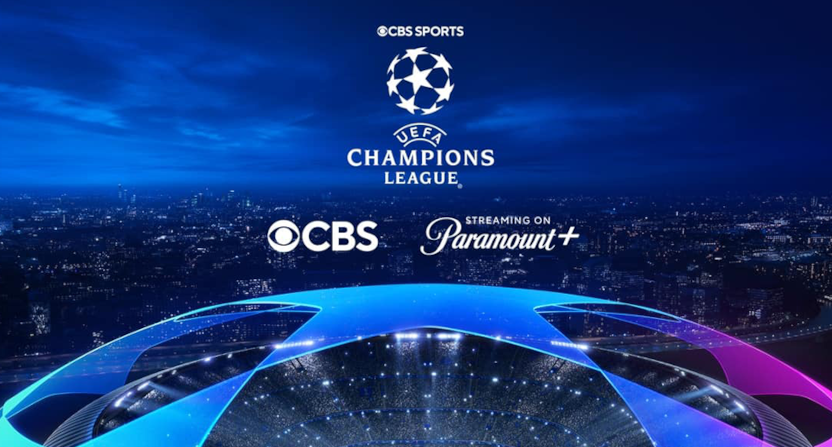PART ONE: How Fox’s first Daytona 500 broadcast in 2001 came together.
PART TWO: What was different about NASCAR on Fox?
PART THREE: Coverage of Dale Earnhardt’s death in the 2001 Daytona 500.
PART FOUR: Looking back at some memorable Daytona 500 races.
PART FIVE: How Fox’s NASCAR coverage has changed in recent years.
PART SIX: Looking at 20 years of NASCAR on Fox, and what’s ahead.
The 2001 Daytona 500 race was perhaps most notable for the death of Dale Earnhardt. Joy, McReynolds, Yocum and Myers all had thoughts to share on that, starting with Joy’s commentary on calling it from the booth:
“The first thing we saw was the contact with Sterling Marlin, and then Dale’s car ending up hitting the wall at a glancing blow, which we regarded as significant but not overly so, so we turned our attention to calling the finish of the race. It was the last lap of the race, they were three-quarters of a mile from the finish line when that happened. But we called the finish, and that’s when Darrell expressed ‘Gee, I hope Dale’s okay.’ And we kind of from there went through the motions of Victory Lane and the order of finish while knowing something up there in turn four was not right.”
“And we had no information at all from the track or the sanctioning body to go on. We could see them in the next booth, they were tight-lipped, ashen-faced, no communication at all, which told me that something was wrong. But I tried to run through the gamut of what could have happened. At the one end Earnhardt was seriously injured, perhaps fatally, but at the other end of the spectrum, he may have simply had a superficial wound that was bleeding profusely and been knocked unconscious. So we just didn’t know. The one thing we knew for sure was that if he was at all ambulatory, he would have found a way to make it to Victory Lane. Instead, we watched the ambulance going slowly towards the hospital.”
McReynolds said it was a jump into the deep end for him.
“We were probably a quarter of a lap away for having one of the most amazing, best Daytona 500s that that racetrack had seen in years. You probably would have had to go back to either 1998 or 1979 to have a bigger storyline. Michael Waltrip, making his first start for Dale Earnhardt, had never won a Cup race. Everybody had told Dale he was out of his mind for hiring this guy. And here his brother is part of the broadcast team, and Michael’s going to win his first race, and lo and behold, it’s going to be the Daytona 500. So that made it stand out and that made it very special. Obviously the thing that offset it was something that happened in turn four with the checkered flag waving, that honestly changed the sport, and that was where Dale Earnhardt was killed.”
“Thank God we had Mike Joy, the ultimate professional, guiding the ship. Because remember, Darrell and I were absolutely raw rookies right in that booth, and I think we were a little bit in shock. Darrell and Dale were close friends, I was friends with Dale and had worked with him for two years, had won the 500 in ’98, and I think Darrell and I were a little bit lost. But Mike Joy took the ship and guided it and got us through that. Because as a broadcaster, the worst thing you can do is speculate when it comes to possibly an injury or a tragedy and a death. Mike Joy guided us through that and got us through that.”
Yocum said Earnhardt had been particularly welcoming for him, adding an extra layer of difficulty to covering that crash.
“When you look at everyone on who was on our broadcast, everyone had a relationship with Dale on some level, Darrell, Hammond, Larry, Mike, Dick Berggren, Steve Byrnes, myself. And Myers and Jeannie met him and got to know him during Speed Week. But the majority of us had different relationships with Dale. When I first moved to Charlotte, he was sort of like the Welcome Wagon. He told me the person to go to to get my hair cut, I still go to that same person, Steve Ellsworth. He told me to go to Steve Cook for my Nationwide insurance, I’m still with Steve Cook.”
“And I remember the 2000 banquet, I could only get 5:55 a.m. because I was leaving that day to go to New York. And I pulled in and there was a orange-red Silverado catalytic converter ticking when I walked in, and it was the big E. And he goes ‘What are you doing?’, and I say ‘You’re in my seat, this is my slot.’ And he goes ‘Sit down, hey, I want to talk to you about this whole network TV thing. You tell me why this is going to be a game changer for the sport.’ And I started giving him different why it’s going to be bigger and better and the different tools and toys that we were bringing. And then when he was done, he sat back in my chair for 30 minutes, asking me questions because he wanted to know. That was the man; he didn’t see the forest through the trees because he was already on to the next forest. He had such vision. He always asked questions, he always educated himself. So to me, it’s tough to put words to what that day meant just because of what happened with him. I’ve never watched that race to this day.”
Yocom also said that was hard, considering that he’d interviewed Earnhardt that morning.
“My interview with Dale Earnhardt the morning of the race at his motor home was so funny, because he came out of his bus, sat down in the chair, and he said ‘Hey, how much time?’ I said ‘All right, here’s the deal; they’re going to come out of commercial and they’re going to come right to us.’ And they came out of commercial and they went to somebody else. ‘And he turns to me and says ‘The media, they lie to us every time!’ And I started laughing, and he was chuckling, and then seven months later, a friend of mine who was a close friend and my pit spotter, says ‘I’m not sure if you’ve ever seen this, but I wanted to send it to you.’ And I opened up the attachment, and it was a picture of Dale at that very moment, when I’ve already said to him what I’ve said and he’s replying and I’m laughing. So I was grateful to have forever an image of that moment.”
Myers said Earnhardt’s death made the 2001 Daytona 500 a challenging introduction to the sport for him.
“It was our first Fox network broadcast, so there was a lot going on. And I still am in disbelief that you lose the headliner of the sport in that first time you’re doing it. I had had experience, unfortunately; in my time at ESPN, my first year at ESPN, I was the reporter on scene with Chris Berman and Bob Ley at the earthquake World Series (in 1989) between the A’s and Giants. And then in 1996, I was doing the Up Close show and was on the air over the late SportsCenter from the Olympics when the bomb went off, and I stayed on through the night reporting. So I had had, unfortunately, experience with sporting events that went way out of line and became real-life human events. And so as the host in the chair of the pre-race and post-race coverage, once we got confirmation, I had to deliver the news.”
“And it was a lot of, you know, we know it, but we can’t announce it until the family knows. Because when it happened, we all thought, even those who knew the sport much better than I, it was a tough wreck, but guys had walked away from a lot worse. And with Michael Waltrip racing and winning, and with Darrell Waltrip in the booth, there was so much emotion that it went from the highest of highs to the lowest of lows in a short span of time. …And we had to put on in a short amount of time, I’m the sports guy, I’m the news guy, and then there’s the human element, and we have to deliver this news as best we can.”
“It’s a little bit of a blur now, and I was with guys who were numbed by it. They were torn apart. And just watching them, and I’d interviewed him that week and I’d interviewed him before, that was very difficult on all of us. But certainly, once you start out with something like that, anything after that is it is a big improvement. It did change the sport. And his great legacy was he made it better for future drivers and really forced that change.”
Myers said the NASCAR community also rallied around him after a loss of his own.
“With the death of Dale Earnhardt and knowing Dale Earnhardt Jr., I lost my son eight years ago, and that was the only races I missed when I was working NASCAR on Fox. And the NASCAR community was very supportive and helped my family through this. And the irony is this Daytona 500 will fall on on that exact day. And I don’t know what that all means, but it is something I’ll be thinking about.”
PART ONE: How Fox’s first Daytona 500 broadcast in 2001 came together.
PART TWO: What was different about NASCAR on Fox?
PART THREE: Coverage of Dale Earnhardt’s death in the 2001 Daytona 500.
PART FOUR: Looking back at some memorable Daytona 500 races.
PART FIVE: How Fox’s NASCAR coverage has changed in recent years.
PART SIX: Looking at 20 years of NASCAR on Fox, and what’s ahead.

